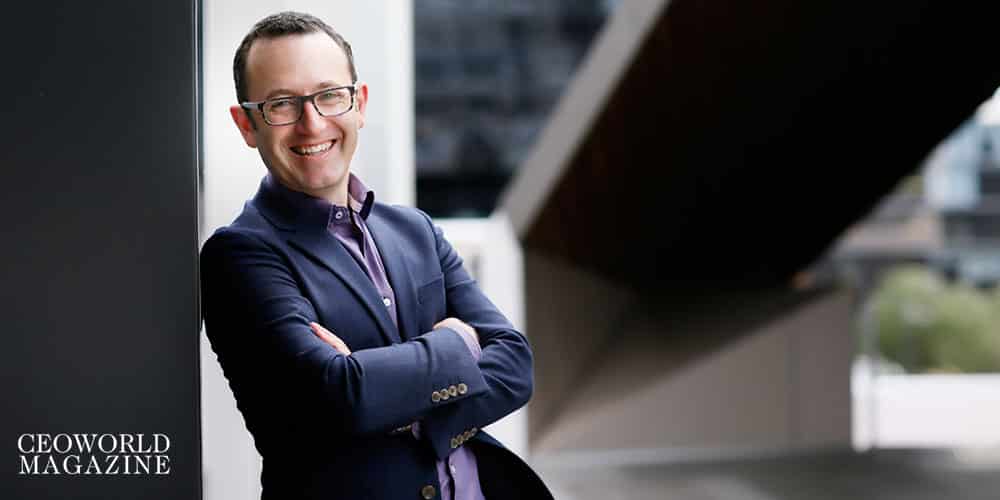Why staff buy-in will make or break your strategy

On any given day, teams of executives across the country are huddled around boardroom tables, or ferreted away on retreats, busily devising their company’s winning strategy: the game plan that will enable their organisation to deal with disruption and truly thrive.
But will that strategy ever get past its first Powerpoint presentation? While it’s one thing to have a strategy, having one that the whole organisation gets behind is something entirely different. And that’s a distinction many organisations struggle to make. In 2014, global consulting firm A. T. Kearney surveyed over 2000 executives about their experiences of strategy. The results – published on their website in an article titled The State of Strategy Today – make for some interesting reading. What’s clear is that organisations are seeing a pretty bleak success rate, with 46% of strategies simply not meeting expectations. That’s a lot of wasted time and effort, not to mention both the opportunity cost and strain on people’s motivation and goodwill.
If you look closely, the reasons for this kind of failure – which can be traced to both the way a strategy is formulated in the first place, and the way in which it’s implemented – contain a recurring theme: a lack of buy-in and support from staff. This accounts for a variety of problems, from teams that simply don’t understand a strategy or their role in bringing it to life, to groups of people who are outright resistant because they don’t feel it’s the right direction to go in. Then there’s the risk that a strategy is flawed to begin with because it was developed without enough insight from people who understand the business at a grassroots level.
For organisations and leadership teams, the lesson is clear: your priority must be to bring others on the journey. After all, to quote one respondent from the A. T. Kearney study, “strategy that doesn’t make it out of the boardroom isn’t really strategy”. But for this to work, leaders must be disciplined about sticking to some important principles:
Principle 1. Choose your who’s carefully
One of the most common problems is that leadership teams don’t consult widely or deeply enough. Alexandra Tullio, a senior executive who heads up the Local Connection business at Bendigo and Adelaide Bank, described it to me as follows: “Many people make the mistake of only engaging those they perceive as ‘important’ or ‘senior’ and assuming they will distil the message from on high. This is old school thinking – the fact is that the change movement doesn’t happen at senior levels.”
Before sitting down to nut out a strategy or a plan, leaders should be asking: whose buy-in do we need for this to succeed – whether they be decision-makers, key influencers or those critical to implementation? But this isn’t simply a question of keeping stakeholders happy and on board – after all, these are people whose input might improve the strategy.
Principle 2. Go slow to go fast
A good strategy will underpin a company’s approach for several years, even allowing for the need to be adaptive and responsive along the way. Proper consultation and stakeholder engagement takes time, which is why it’s important to start early. It’s important to avoid a “big reveal” – by the time a strategy is launched, key stakeholders should know exactly what’s being presented and feel they’ve had their input. Although this requires patience upfront, the pay-off is rapid execution and action.
Principle 3. Make them feel it
Ultimately, people’s willingness to get on board with any strategy is a function of their emotional response to it. (Even the word ‘strategy’ can be a real turn-off for many people.) Leaders should resist the temptation to inundate people with slide decks and data-filled spreadsheets, instead focusing their energies on sharing stories and creating experiences that will help people to feel the opportunity or the problem for themselves. While this may take some creative thinking, once people emotionally connect to something, they’re prepared to invest in it – and act.
Have you read?
A New Marketing Campaign or PR Help? How to Choose
Introducing HSAs to Employees: Bring a Financial Advisor
Want more impact with your clients? Say less
Speed Up to Slow Down. And Other Secrets of Great Coaches.
Written by: Simon Dowling.
Bring the best of the CEOWORLD magazine's global journalism to audiences in the United States and around the world. - Add CEOWORLD magazine to your Google News feed.
Follow CEOWORLD magazine headlines on: Google News, LinkedIn, Twitter, and Facebook.
Copyright 2025 The CEOWORLD magazine. All rights reserved. This material (and any extract from it) must not be copied, redistributed or placed on any website, without CEOWORLD magazine' prior written consent. For media queries, please contact: info@ceoworld.biz








